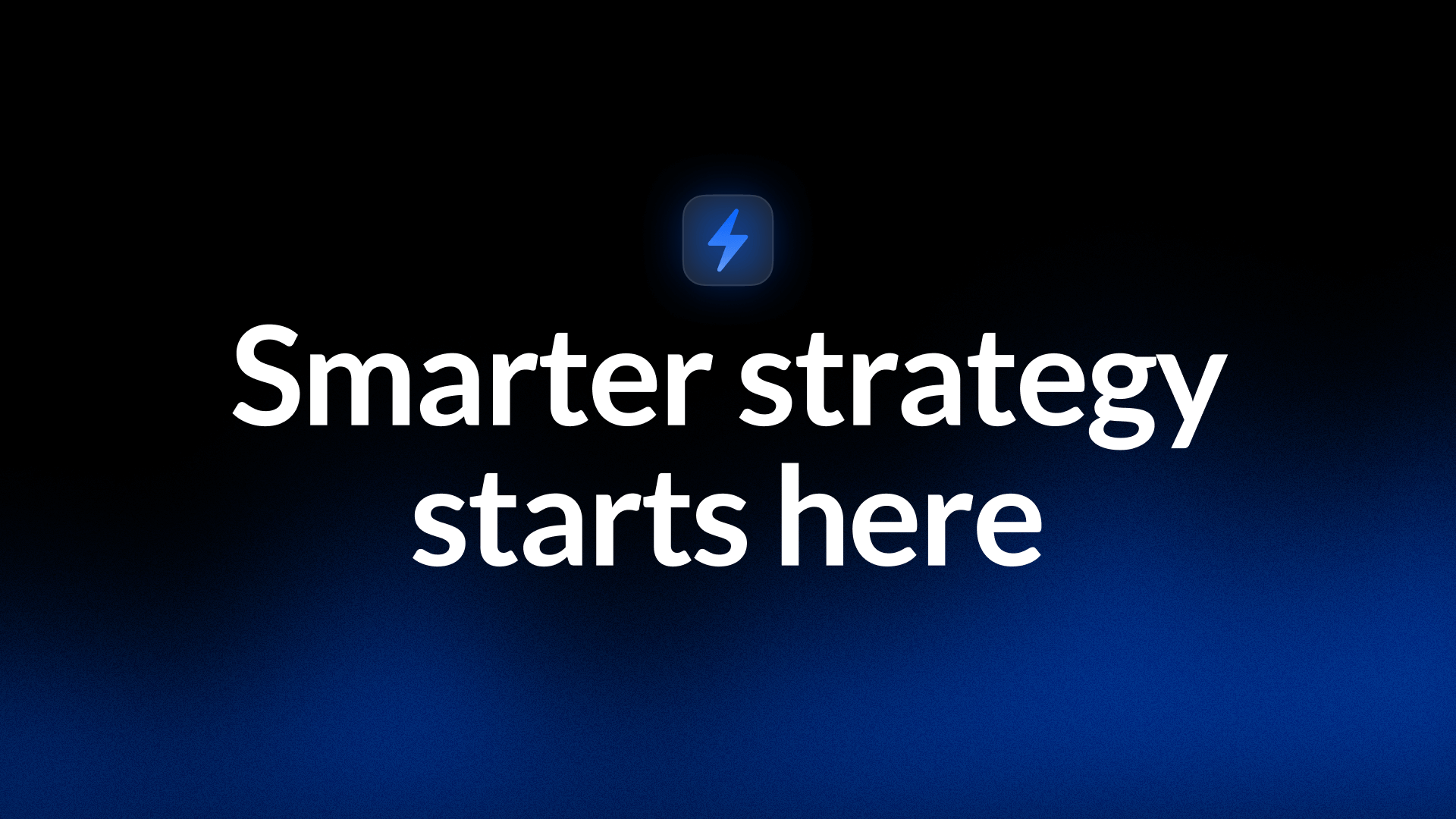How to Interpret Backtest Results: A Trader's Guide to Smarter Strategy Decisions

Backtesting is the cornerstone of strategy development — but interpreting those results correctly is what separates a confident trader from a confused one. At FX Replay, we empower traders to simulate their strategies with precision. But once you've run a backtest, what should you actually look for in the data?
In this guide, we’ll break down how to interpret backtest results so you can make smarter, data-backed trading decisions.
What Are Backtest Results, Really?
Backtest results represent how a trading strategy would have performed on historical market data. This simulated performance is based on specific entry and exit rules, risk parameters, and market conditions during the selected period.
Key data points often include:
- Net Profit
- Win Rate
- Profit Factor
- Maximum Drawdown
- Expectancy
- Number of Trades
- Risk-Reward Ratio
- Equity Curve
Each metric tells a part of the story—but the real skill lies in connecting the dots.
1. Focus on Net Profit and Profit Factor
While net profit tells you how much a strategy would have made, the profit factor shows the relationship between gross profits and losses.
Example: A profit factor of 1.8 means your winning trades were 80% higher than your losing ones.
Look for consistency. A high net profit with a low profit factor could signal high-risk trades or inconsistent performance.
2. Understand Drawdown Risk
Maximum drawdown is the largest drop in equity from peak to trough.
If a strategy has a 40% max drawdown, are you psychologically prepared to handle that kind of hit?
FX Replay’s visual charts help you see where these drawdowns occurred, so you can identify whether they’re caused by market conditions, poor entries, or overleveraging.
3. Evaluate Win Rate vs. Risk-Reward
A 70% win rate sounds fantastic—until you realize the risk-reward ratio is 0.5:1.
Balance is key:
- High win rate strategies typically come with lower RR ratios.
- Lower win rate strategies (e.g., 30%-40%) can still be profitable with RR ratios of 2:1 or more.
FX Replay makes this easier by allowing you to visualize the trade outcome distribution over time.
4. Examine the Equity Curve
Your equity curve should look like a staircase, not a rollercoaster.
A smooth, upward-trending equity curve reflects:
- Strategic consistency
- Controlled risk
- Predictable returns
Volatile equity curves, even if profitable, suggest your strategy may not be scalable or psychologically sustainable in live markets.
5. Consider Market Conditions and Sample Size
Was your strategy tested over:
- Trending markets?
- Ranges?
- High-volatility news periods?
Always backtest over multiple market environments and ensure you have a large enough trade sample. At FX Replay, you can replay trades in different environments to truly stress-test your edge.
6. Use Expectancy to Judge Long-Term Viability
Expectancy = (Win% × Avg Win) – (Loss% × Avg Loss)
A positive expectancy means you're expected to make money over time. Even a strategy with a modest profit factor can be viable if it has a positive expectancy and manageable drawdowns.
📌 Pro Tip: Validate with Forward Testing
Even the best backtest is still a simulation. Use FX Replay’s forward testing features to replay trades as if they’re live—no hindsight bias, no cheating.
It’s the best way to validate that your strategy performs under pressure.
Final Thoughts: Read Between the Metrics
Interpreting backtest results isn’t just about numbers—it’s about understanding how your strategy behaves in real markets.
FX Replay gives you the tools to:
- Isolate weak spots
- Visualize trade logic
- Identify consistent performance
Backtesting is science. Interpreting results? That’s art.
Ready to take your strategy to the next level? Sign up for FX Replay and start backtesting like a pro.
Backtest results are the simulated performance outcomes of a trading strategy when applied to historical market data. They show how a strategy would have performed, highlighting metrics like net profit, win rate, drawdown, and profit factor.
Running a backtest is only half the battle. Proper interpretation helps traders identify strengths, weaknesses, risk factors, and long-term viability—transforming raw data into actionable insights.
A profit factor above 1.5 is generally considered good, as it means your strategy makes 50% more from winning trades than it loses from losing ones. However, context matters—look for consistent profit factors over various market conditions.
Testing a strategy over too few trades or only in one type of market (e.g., trending) leads to unreliable results. A large and diverse sample helps validate the strategy's robustness and generalizability.
Yes! FX Replay’s forward testing feature lets you simulate trades in real-time conditions—without hindsight. It's an essential step to validate your strategy’s performance beyond historical data.











